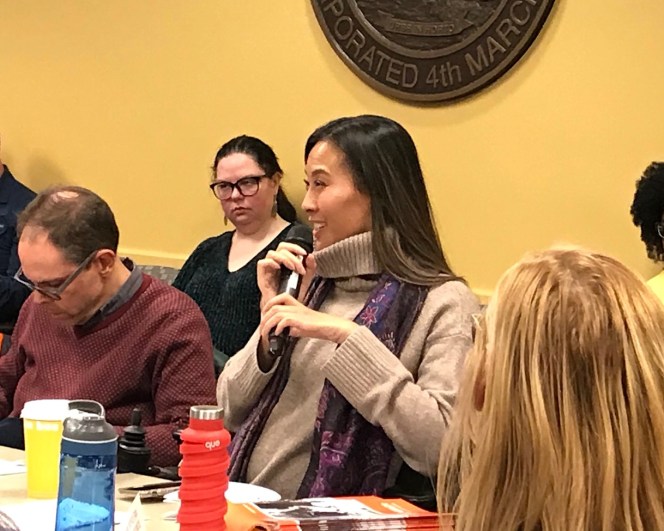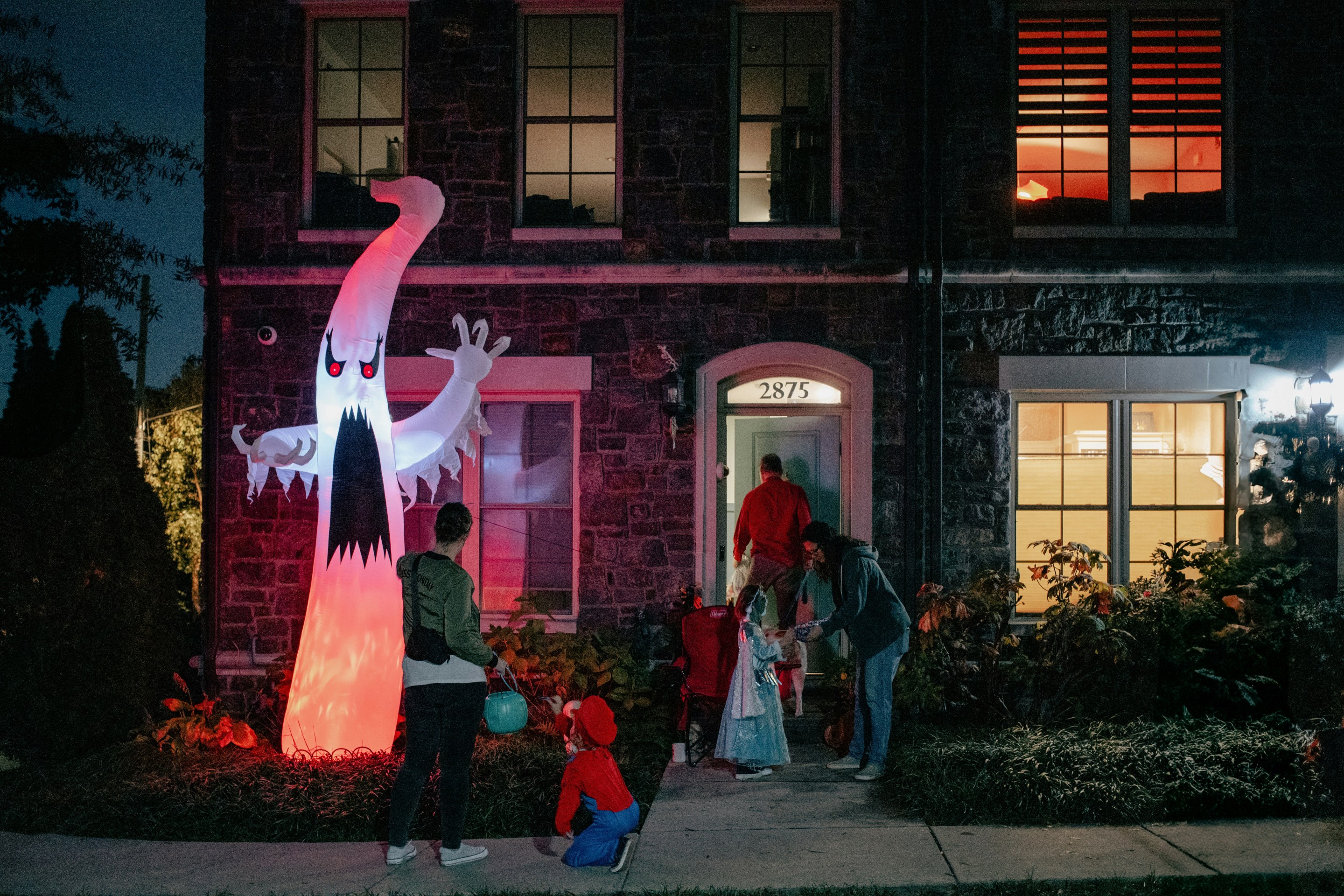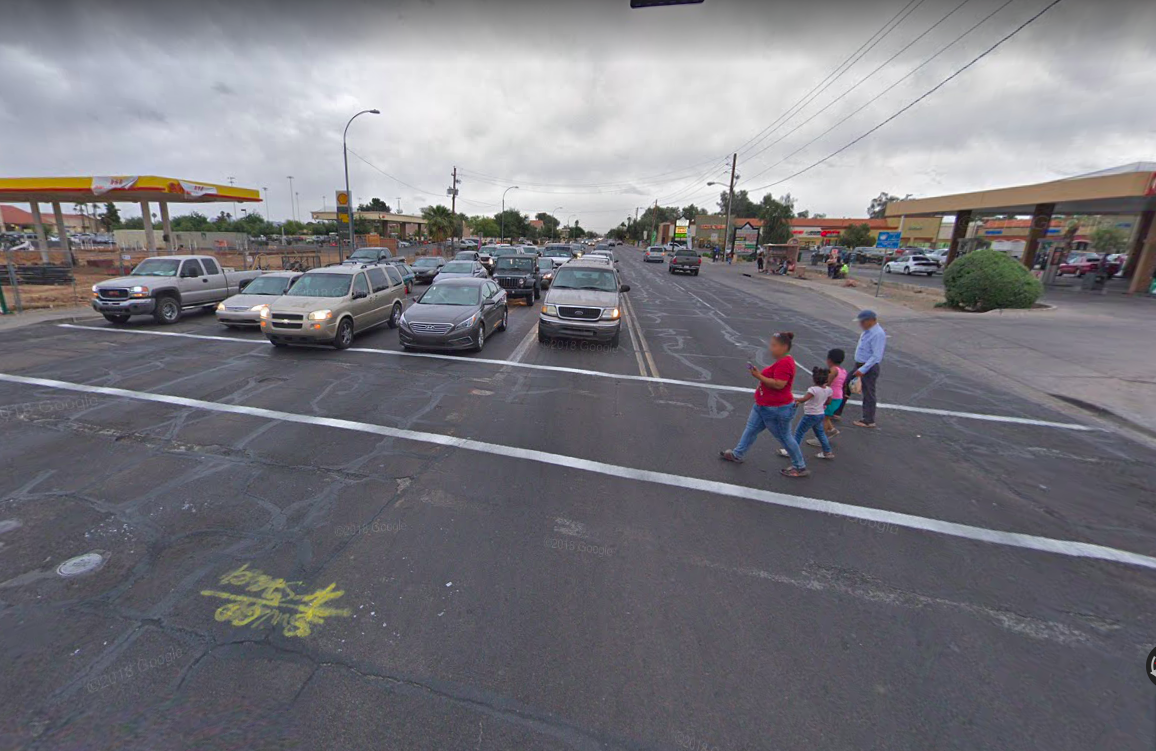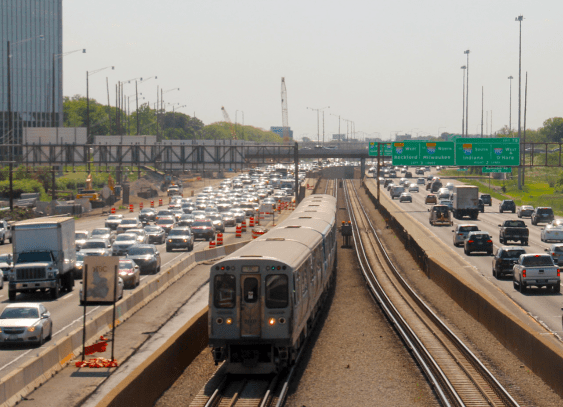Editor's Note: This post originally appeared on Streetsblog Chicago, but we thought its subject, advocate Michele Lee, had an important message for transit and disabled people's rights advocates around the country. We're happy to be able to share her story on Streetsblog USA.
At yesterday’s Mayor’s Pedestrian Advisory Council meeting there was a discussion of the Metropolitan Planning Council’s Toward Universal Mobility study of accessibility gaps in the regional transit network. Finance industry professional Michele Lee, a power wheelchair user who is one of the people with disabilities profiled in the report (on page 33), kicked things off by talking about how good public transportation access is crucial for getting where she needs to go, but non-accessible stations and other barriers in the built environment limit her travel options.
Lee grew up in north-suburban Glenview and attended college in Tucson, Arizona. While driving to pick up her family at the Tucson airport for graduation, she was involved in a crash and her car rolled several times.
“From one day to another I was walking around, and then I found myself in the hospital,” she said. “I injured my spine and didn’t have use of my legs or my hands anymore and as a result couldn’t drive and had to rethink my whole way of getting around.”
She returned home to Glenview, but moved to the West Loop a few years ago because her transit commute home to the suburbs from her downtown office took three hours, and the walkability and retail density in the central city made life more convenient. “In order to be more independent, I decided very intentionally to move downtown, thinking, ‘OK, there’s public transportation, this is good, I can roll in my wheelchair and do things.'” Lee enjoys visiting new restaurants and bars, which are plentiful in the neighborhood, and posts photos of eye-pleasing entrees on Instagram.
“I very intentionally moved to where I could be on a direct bus line to get to work, and a neighborhood that I could enjoy without having to get around in a car,” Lee said. She lives near Randolph Avenue and Desplaines Street and works near Randolph and Michigan, by Millennium Park. Her work commute options include the CTA’s #20 Madison, the #60 Blue Island/26th, and the J14 Jeffery Jump buses.
Boarding the Green or Pink lines at the Clinton station and riding to the Washington/Wabash stop is another option for getting to work, since both are wheelchair accessible, but Lee later told me she prefers buses to the ‘L’. “The elevators aren’t that reliable, so if I get on, I don’t know if the elevator is going to be working at the station where I get off, so it’s kind of like the lottery. But all the buses have ramps, and even if the [automated ramp mechanism] is not working, the driver can still deploy it manually.”
Still, Lee says she wishes that the CTA’s All Stations Accessibility Program to have elevators at every stop by 2038 had a faster timetable, although she understand that finding funding is an obstacle. “I’m going to be, like, 80 when they’re done,” she joked, adding that elevators are also helpful for people with luggage, strollers, and crutches.
Getting around Chicago streets in her wheelchair is generally easier in the city than the suburbs, “but I do encounter challenges sometimes, especially with the ice and snow, because people don’t clear their snow or ice and I call 311 and [still] nobody clears it.” Ice-filled curb cuts are a particular problem. “I’d like to remind people to shovel their sidewalks in front of their businesses and homes, because it makes it better for everybody. Be a good neighbor.”
Sometimes the sidewalks themselves are impassible because they’re in disrepair or they lack curb cuts. “So I’ll write to my alderman and three years later something will happen. So it’s a daily struggle, just trying to get to work, meet my friends, do things that normal people do. There’s cafes with patios in the way, or construction. Especially in the West Loop, there’s so much construction and it’s hard to get around when both sides of the street are under construction and there’s no clear path.”
On the other hand, Lee said, downtown Chicago does have some strong points when it comes to accessibility. “I really like the riverwalk and all these pedestrian areas downtown are nice. But there’s always room for improvement.”
Read more about the “Toward Universal Mobility” report here.






